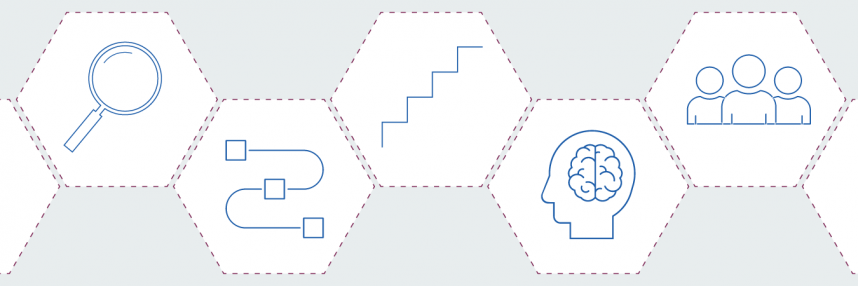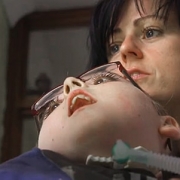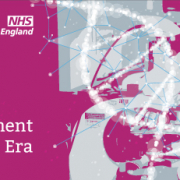A new framework for developing the workforce
A new unified approach to identify workforce development needs, aligned to patient pathways across the NHS Genomic Medicine Service, is being piloted
As the use of genomics becomes more widespread across differing areas of healthcare, it is important to ensure that there is a common approach, not just to the integration of genomic medicine in different specialties but also to the training and education needs of the workforce in these specialty areas.
To meet this need, the Clinical Pathway Initiative has been developed. In the first instance, the project is being piloted to support five NHS national transformation projects covering key clinical pathways: Lynch syndrome, monogenic diabetes, familial hypercholesterolaemia, sudden cardiac death and DPYD.
The framework is designed to be applied across the healthcare specialties, however, so please let us know if you are interested in developing one to facilitate the integration of genomic medicine in your own practice.
Aims of the initiative
The Clinical Pathway Initiative is a collaboration between NHS England and NHS Improvement, Health Education England’s Genomics Education Programme (GEP) and the Academy of Medical Royal Colleges (AoMRC) with the aim to:
- introduce a unified approach to the integration of genomic medicine across the different specialties;
- identify the workforce development and education needs;
- harness and share expertise from around the country;
- avoid duplication of effort around resource development; and
- provide a ‘bite-sized’ clinically relevant approach to genomic medicine.
Developing a pathway project
When developing a pathway project, a clinical pathway needs to be identified; for example, a situation where genomic medicine will be required either for genomic testing or management. This pathway can then be divided into smaller pathways, such as requesting genomic testing, interpreting and feeding back results. These smaller pathways are broken down into component steps, which are then aligned to the competencies needed to deliver each of the component steps.
With the competencies identified, you can determine the training and education that may be required to deliver each step. Finally, you identify the workforce groups who are likely to be delivering each of the component steps.
Dedicated information hub
To support you in developing your own clinical pathway project, the GEP has created an information pack, flow charts, templates and illustrations, which are now available on a dedicated online hub.
Once your framework pathway is complete, please share it with the GEP so it can be published on the hub and shared nationally, modified for local / regional needs, and used in clinical practice.









